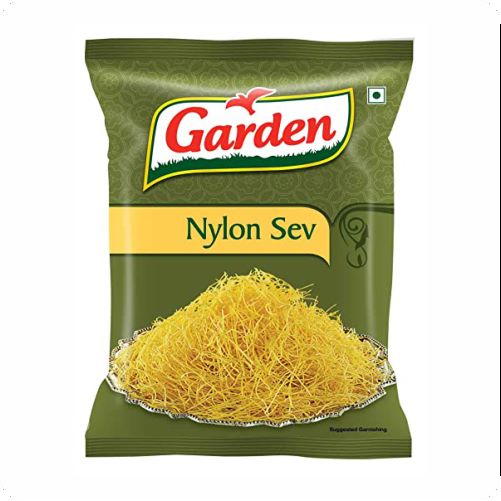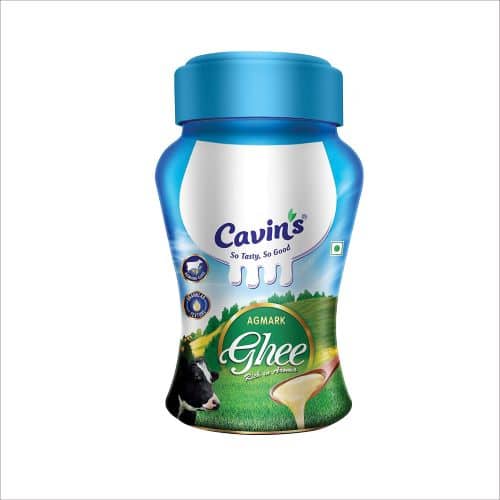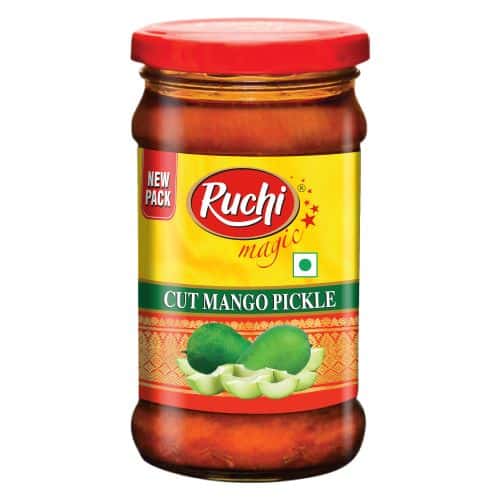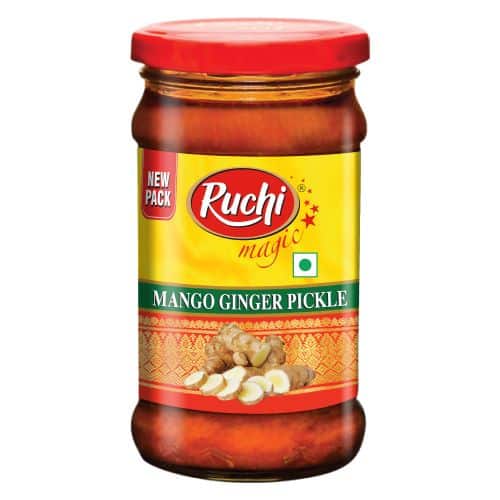Introduction to Garden Murukku
Garden Murukku, a celebrated traditional snack from South India, captivates the senses with its crisp texture and intricate, spiral designs. Originating from the rich culinary heritage of Tamil Nadu, this delicacy is known for its elaborate preparation and distinctive taste. The roots of murukku trace back to ancient Indian kitchens, where skilled hands would artfully shape rice and urad dal flour into exquisite forms, traditionally seasoned with cumin seeds and asafoetida.
Murukku, derived from the Tamil word ‘murukku,’ meaning ‘to twist’, signifies the snack’s elaborate, twisted form. The preparation method involves a perfect blend of rice flour, urad dal flour, sesame seeds, and aromatic spices, kneaded into a dough and deep-fried until golden and crunchy. Each twist and turn in the pattern showcases the meticulous craftsmanship typical of South Indian culinary traditions.
Beyond its delightful flavor and textures, garden murukku holds cultural significance, often featured in festive celebrations and ceremonies. Its presence at Diwali, Pongal, and other traditional South Indian festivities highlights its role in fostering social bonds and commemorating significant events. Garden murukku is more than just a snack; it is a symbol of communal harmony, shared joy, and cultural preservation.
The inherent appeal of garden murukku extends beyond the Indian subcontinent, capturing global interest for its unique taste and artisanal value. As food enthusiasts and cultural connoisseurs explore authentic international recipes, garden murukku’s potential as a global snack option becomes evident. Its simple, gluten-free ingredients resonate with contemporary dietary preferences, thus enhancing its prospects in global markets. In this light, understanding the foundational aspects of garden murukku not only celebrates a culinary tradition but also opens avenues for cross-cultural culinary exchanges and business opportunities.
Authentic Garden Murukku Recipes and Preparation Techniques
Garden Murukku, a beloved snack in South Indian cuisine, is celebrated for its unique blend of flavors and crispy texture. The authentic preparation of this savory delicacy requires meticulous attention to traditional ingredients and techniques. Each regional variation introduces subtle differences, yet the essence of Garden Murukku remains consistent.
The base ingredients are primarily rice flour, urad dal flour, and an assortment of spices which contribute to its distinct taste. A typical recipe might include the following: 2 cups of rice flour, 1/2 cup of urad dal flour, 1 tablespoon of sesame seeds, 1 tablespoon of cumin seeds, a pinch of asafoetida, salt to taste, and 2 tablespoons of softened butter. Some regional variations also incorporate ajwain seeds or fennel seeds for enhanced flavor.
To prepare Garden Murukku, begin by sieving the rice flour and urad dal flour together into a mixing bowl. Add the sesame seeds, cumin seeds, asafoetida, and salt. Mix these dry ingredients well. Next, add the softened butter and knead the mixture until it forms a crumbly texture. Gradually add water and knead the dough until it is smooth and pliable. The dough should not be too soft or too hard, striking the right balance is crucial for the perfect murukku.
Shaping the murukku is an art in itself. Traditionally, a murukku press is used to create the intricate spiral patterns. Grease the interior of the press and fill it with the dough. Heat oil in a deep frying pan over medium heat. Carefully squeeze the dough from the press, forming circular patterns directly into the hot oil. Fry until the murukkus turn golden brown, ensuring they are evenly cooked for that characteristic crunch.
Achieving the perfect crispy texture can be challenging. Common issues include dough consistency, oil temperature, and frying techniques. If the dough is too soft, the murukku may not hold its shape; if it is too hard, it can crack. The oil should be hot but not smoking; overly hot oil can cause burnt outsides with uncooked insides. Controlling these variables is essential to mastering the preparation of Garden Murukku.
Expert tips recommend resting the dough for 10-15 minutes before pressing and using a consistent, moderate heat for frying. Patience and practice are integral to mastering the art of Garden Murukku, allowing home cooks to replicate the authentic taste and texture that characterizes this cherished treat.
Health Benefits and Modern Twists on Garden Murukku
Garden Murukku is a traditional Indian snack that has found its way into the hearts of snack lovers around the world. Known for its crispiness and savory flavor, this snack also boasts several nutritional benefits. Garden Murukku, primarily made from rice flour and various spices, contains essential nutrients such as carbohydrates and proteins. Spices like cumin and sesame seeds not only enhance the flavor but also offer valuable antioxidants and anti-inflammatory properties.
However, traditional recipes have evolved to meet modern dietary needs and preferences. One notable consideration is the high calorie and fat content due to deep-frying. As a response, some contemporary versions of garden murukku are baked instead of fried, significantly reducing the calorie count while maintaining its beloved crunch. Additionally, healthier oil options like olive oil or avocado oil can be used for frying, providing a richer profile of healthy fats.
Innovative recipe tweaks have also opened the door to cater to specific dietary restrictions and preferences. For instance, gluten-free versions of garden murukku have been developed by substituting rice flour with almond flour or chickpea flour. These alternatives not only make the snack accessible to those with gluten intolerance but also add a new dimension of flavor and nutrition through increased protein and fiber content.
For vegan enthusiasts, traditional components like ghee can be replaced with plant-based oils. Moreover, incorporating flaxseeds or chia seeds can serve as vegan binding agents while enhancing the nutritional profile with omega-3 fatty acids.
Flavors have also seen modern twists to appeal to a global palate. An infusion of herbs like rosemary or thyme, or the addition of novel spices such as smoked paprika, can elevate the taste experience. Some variations even incorporate vegetables like spinach or beetroot, not only adding a burst of color but also enhancing the vitamins and minerals in each bite.
In connecting traditional and modern culinary practices, garden murukku is no longer just a relic of the past but a vibrant addition to contemporary dietary landscapes. These innovations make it versatile and appealing to a wider audience, accommodating diverse nutritional needs and flavor preferences.
Global Partnership Opportunities and Market Potential
The global market potential for garden murukku is substantial, thanks to the increasing interest in ethnic and traditional snacks among diverse consumer segments. This South Indian delicacy, with its unique flavor profile and delightful crunch, appeals not just to expatriates but also to a broader audience seeking novel snack experiences. Identifying key target markets, such as North America, Europe, and the Middle East, could be crucial for market expansion efforts. These regions exhibit a growing appetite for unique, high-quality snacks, making them ideal candidates for murukku’s introduction and widespread acceptance.
Collaboration with international distributors and retailers can significantly bolster the reach of garden murukku in global markets. Strategic alliances with established food brands can provide valuable market insights, logistical support, and shelf space in well-known grocery stores and supermarkets. Furthermore, engaging with specialty food retailers and online marketplaces tailored to gourmet and ethnic foods can enhance visibility and accessibility, catering to consumers who prioritize authenticity and distinct tastes.
Maintaining authenticity while expanding globally is paramount. Consumers today are increasingly discerning, often seeking products that stay true to their cultural roots and traditional preparation methods. Thus, while scaling production, it is essential to preserve the heritage of garden murukku by using traditional recipes and high-quality ingredients. Leveraging this authenticity as a unique selling proposition can create a strong brand identity that resonates with global consumers.
Strategic partnerships are also fundamental in navigating regulatory landscapes, understanding market preferences, and adopting culturally relevant marketing strategies. Partnerships with local influencers or culinary experts can enhance brand credibility and consumer trust in new markets. Additionally, co-branding opportunities with well-known food labels can facilitate faster market penetration and broaden consumer base. Ultimately, the synergy between maintaining product integrity and forming robust business alliances will be instrumental in amplifying the market reach and fostering consumer acceptance of garden murukku on an international scale.













Reviews
Clear filtersThere are no reviews yet.